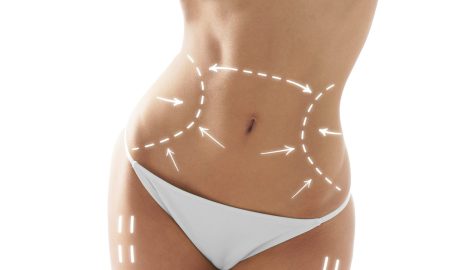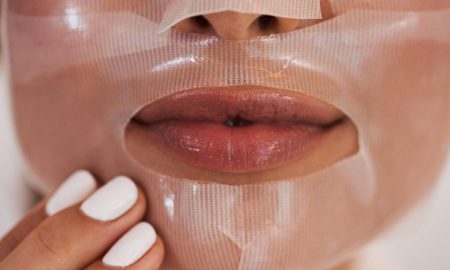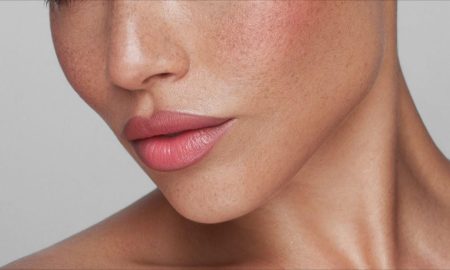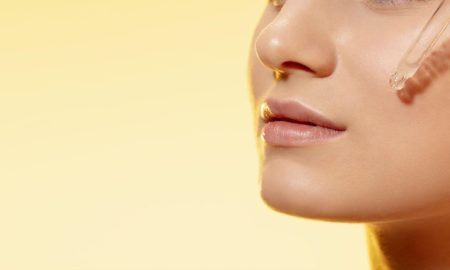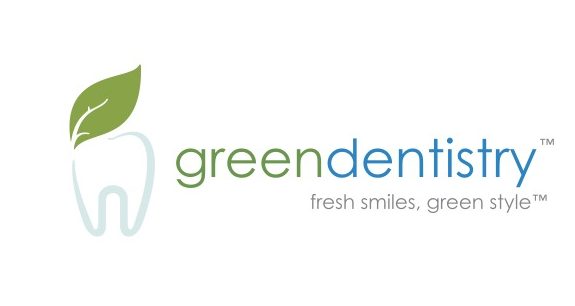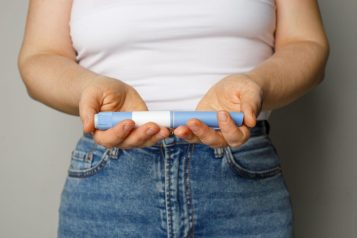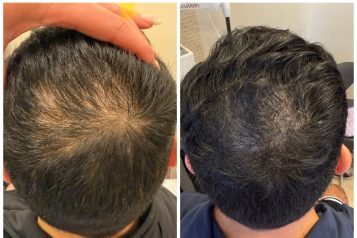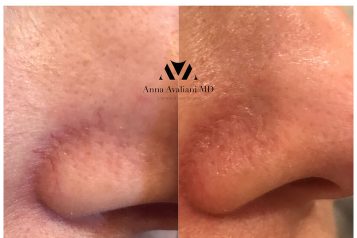 Photo Credit: Courtesy of Prostock-Studio/Shutterstock
Photo Credit: Courtesy of Prostock-Studio/Shutterstock
Kirsten A. Schuster, MD, JD; Iulianna C Taritsa, BA; Samuel J Lin, MD, FACS
Getting older is inevitable, but with the right board-certified plastic surgeon, an aging appearance might not be. With each passing year, our skin naturally starts to sag and hollow, losing its youthful appearance. While botulinum toxin and fillers may help stave away some of these changes early on, more invasive procedures may ultimately be necessary to reset the hands of time. Traditional face and neck lifts remain the mainstays of rejuvenation. Within the past couple of decades, however, combination with fat transfer procedures has become increasingly popular. When performed in tandem, these surgeries can treat both skin redundancy and the harsh contours that come with age.
Regarding the actual surgery, specific steps may vary based on physician preference though many surgeons will opt to start with the fat transfer to minimize distortion of facial landmarks and ensure precise graft injection. To harvest the fat, your surgeon will perform liposuction at the donor sites – typically the hip, thighs, and abdomen in women. Although the incision sites for harvesting are small, the liposuction cannulas may be used to harvest fat from a relatively large area and thus cause a seemingly disproportionate amount of pain, swelling, and bruising. Once the fat is obtained, it is processed to remove excess fluid and then injected using small needles into the treatment sites. After this is complete, focus with then be turned to the remaining planned procedures.
Once the operation is done, your surgeon will apply dressings to the incision sites. Compression garments are often used at fat donation sites to minimize swelling and should be worn for at least several weeks or per your doctor’s instructions. Depending on where the fat was injected, you may also be placed in a facial compression wrap. While this will help with edema and prevent tension on your facelift incisions, direct compression over the graft sites in the face may increase fat reabsorption and migration and thus affect your cosmetic outcome. For this same reason, you should avoid laying on the injection sites and sleep on your back in a semi-upright position for at least several weeks.
Following the surgery, it is normal to have increased fatigue for the first few days to weeks as your body tries to heal itself while adjusting to the effects of the anesthetic and pain medications, sleep disruption, and changes in diet. Swelling is common and may be noticeable for up to six months or longer afterward. Postoperative pain is often variable with twenty-five percent of patients reporting resolution within a few days while upwards of forty percent of patients may still experience discomfort after one week. In general, however, you should expect to be back to light activity within one to two weeks of your surgery. To further discuss preoperative expectations and whether this combined facial rejuvenation is right for you, please consult with your preferred board-certified plastic surgeon.
References
Marten T & Elyassnia D. Facial fat grafting: Why, where, how, and how much. Aesth Plast Surg. 2018;42:1278-97.
Broughton G, Horton B, Lipschitz A, Kenkel JM, Brown SA, Rohrich RJ. Lifestyle outcomes, satisfaction and attitudes of patients after liposuction: A Dallas experience. Plast. Reconstr. Surg. 2016;117:1738.
Marten TJ & Elyassnia D. Fat grafting in facial rejuvenation. Clin Plast Surg 2015; 42:219-252
For more information, visit Dr. Samuel Lin's social media:








